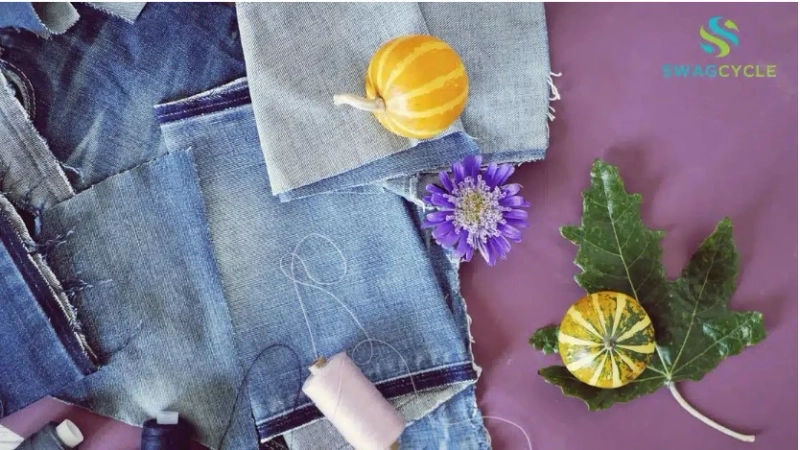In recent years, the fashion industry has witnessed a remarkable shift towards sustainability, with upcycled fashion trends emerging as a frontrunner in the movement. While the concept of upcycling has garnered significant attention for its creativity and eco-friendliness, it's essential to delve deeper into its environmental impact beyond the surface-level hype. In this blog post, we explore the intricacies of upcycled fashion and its tangible contributions to environmental conservation.
Understanding Upcycled Fashion
At its core, upcycled fashion involves repurposing discarded materials or clothing items to create new, unique garments. Unlike recycling, which breaks down materials to create something entirely new, upcycling retains the original integrity of the materials, giving them new life in a different form. This process not only reduces waste but also minimizes the need for virgin resources and energy-intensive manufacturing.
Reducing Waste and Carbon Footprint
The primary environmental benefit of upcycled fashion lies in its ability to divert textiles from landfills. The fashion industry is notorious for its waste, with millions of tons of clothing ending up in landfill sites each year. By upcycling existing materials, designers and brands can mitigate this environmental burden, reducing the amount of waste destined for disposal.
Furthermore, upcycled fashion contributes to a lower carbon footprint compared to conventional manufacturing processes. Traditional garment production involves the extraction of raw materials, such as cotton or polyester, followed by energy-intensive manufacturing and transportation processes. In contrast, upcycling requires fewer resources and energy inputs since the materials are already in existence.
Preservation of Natural Resources
Another significant environmental benefit of upcycled fashion is its role in conserving natural resources. By repurposing existing materials, upcycled fashion reduces the demand for new resources, such as water, land, and energy, which are typically required for the production of virgin textiles. This conservation effort helps protect ecosystems, reduce habitat destruction, and mitigate the environmental impacts associated with resource extraction.
Promoting Circular Economy Principles
Upcycled fashion aligns with the principles of a circular economy, wherein products and materials are kept in circulation for as long as possible through reuse, recycling, and repurposing. By extending the lifespan of textiles and clothing items, upcycled fashion contributes to closing the loop on the fashion industry's linear production model, where garments are often discarded after minimal use.
Encouraging Conscious Consumerism
Beyond its environmental benefits, upcycled fashion trends play a crucial role in fostering a culture of conscious consumerism. As consumers become increasingly aware of the environmental and social impacts of their purchasing decisions, they are seeking out sustainable alternatives to fast fashion. Upcycled fashion offers a compelling solution, allowing individuals to express their style while minimizing their ecological footprint.
Challenges and Considerations
While upcycled fashion holds promise as a sustainable alternative to traditional apparel production, it is not without its challenges. Designers and brands face obstacles such as sourcing quality materials, maintaining consistency in product offerings, and educating consumers about the value of upcycled products. Additionally, scaling up upcycled fashion initiatives to meet growing demand requires investment in infrastructure and supply chain logistics.
Conclusion:
In conclusion, upcycled fashion represents a transformative approach to sustainable design and consumption. Beyond the initial hype, its environmental impact is substantial, encompassing waste reduction, resource conservation, and the promotion of circular economy principles. By embracing upcycled fashion trends, individuals, brands, and the fashion industry as a whole can contribute to a more sustainable future, one garment at a time.


